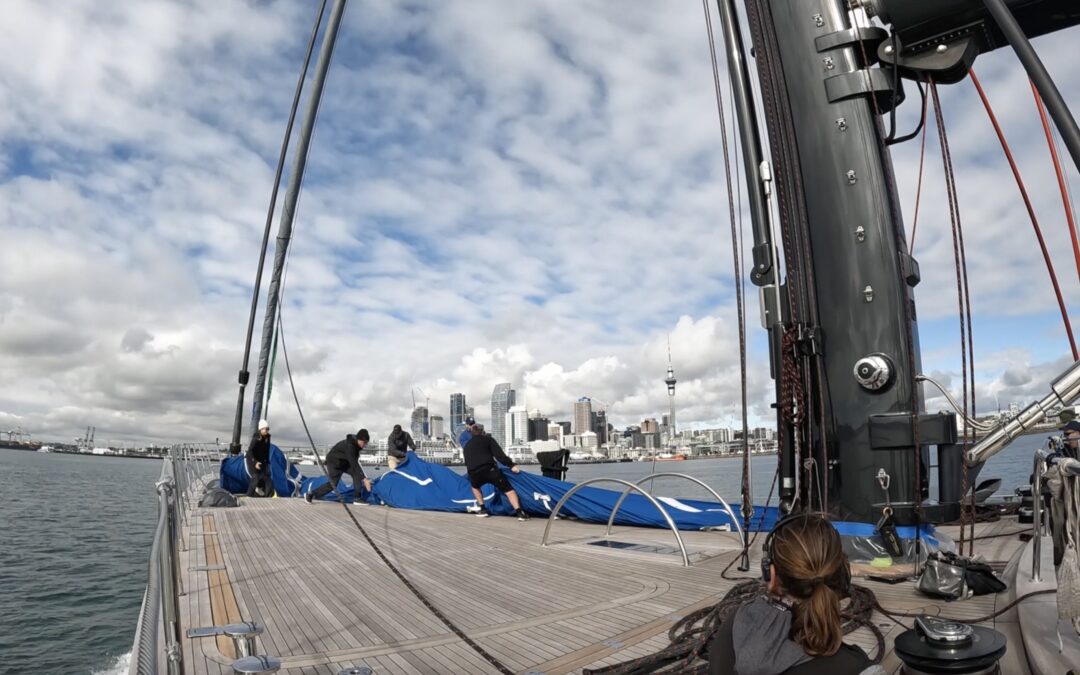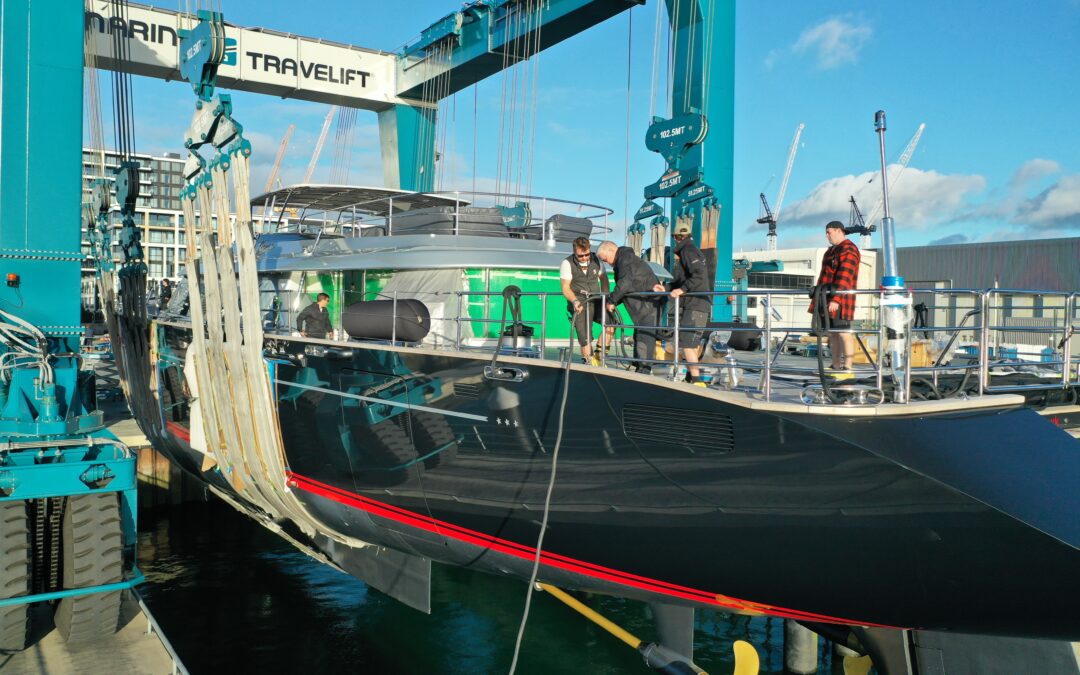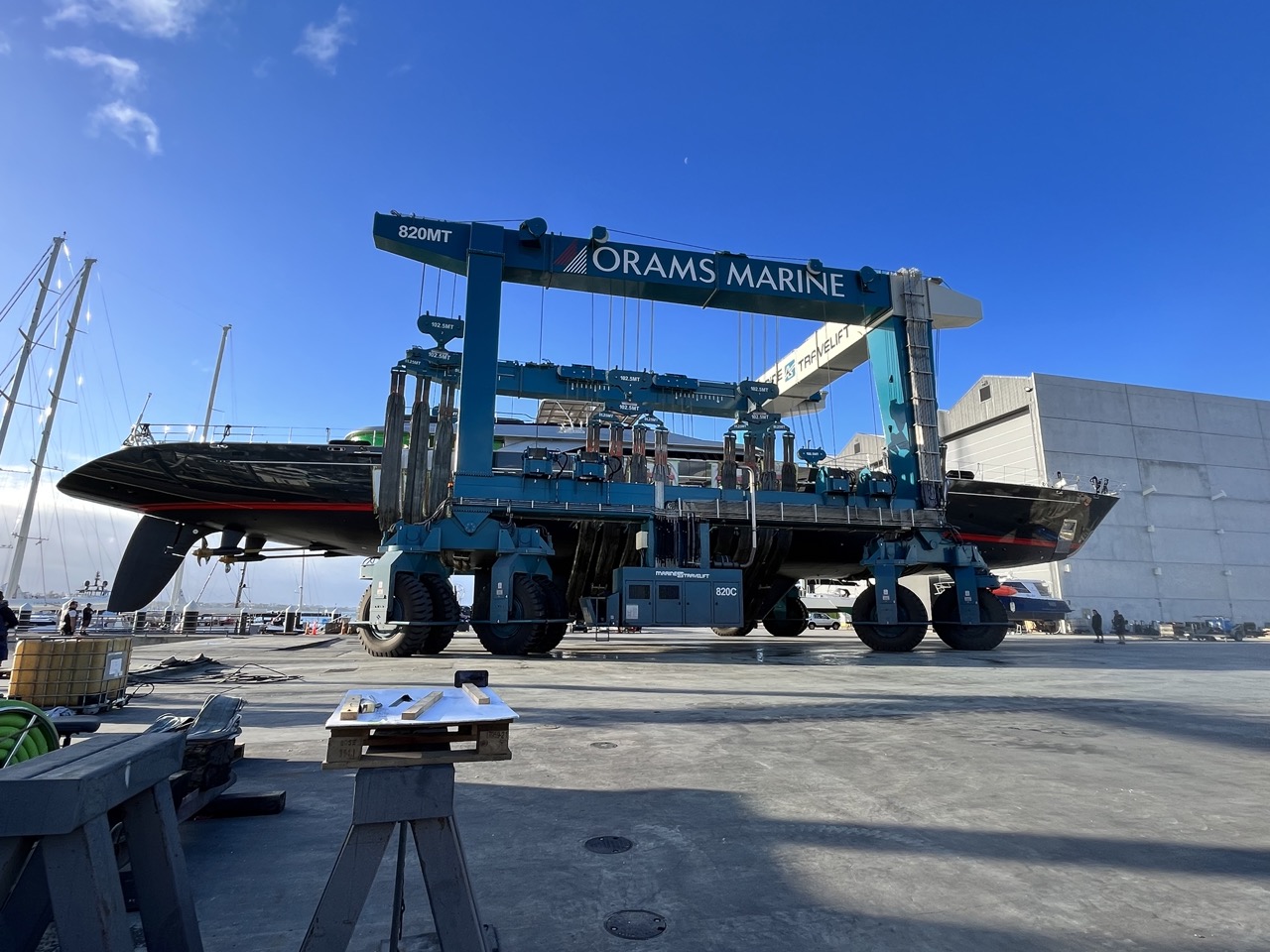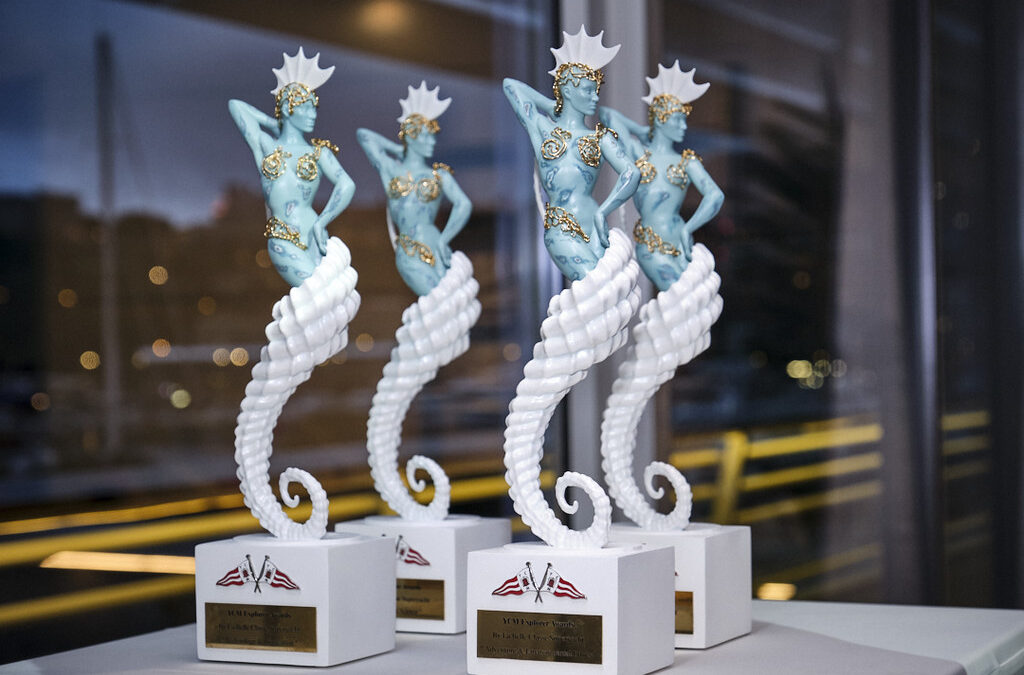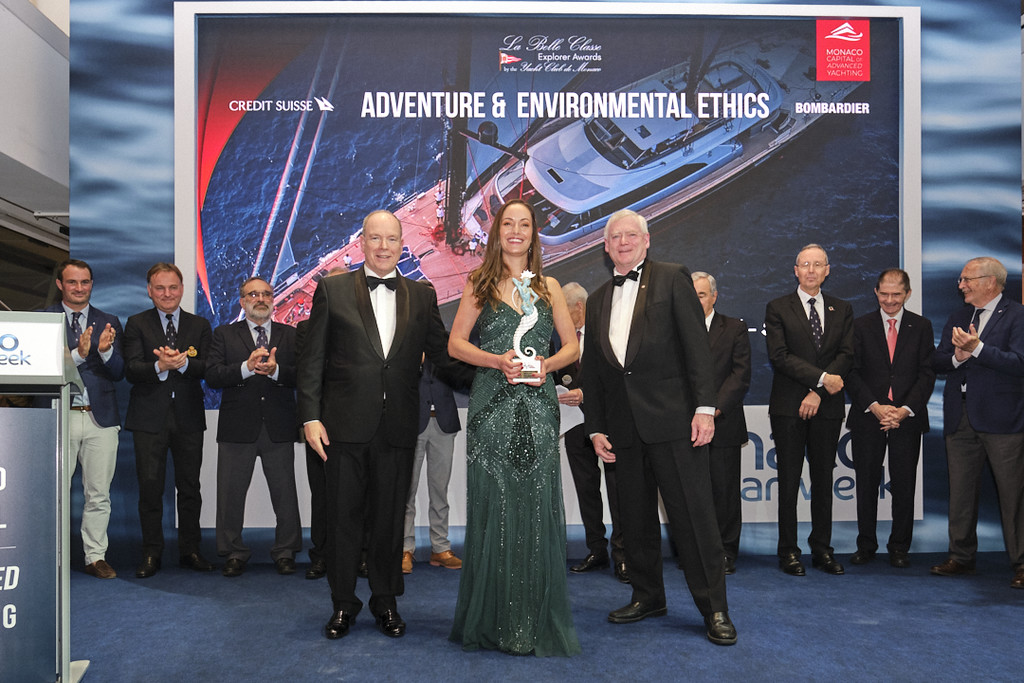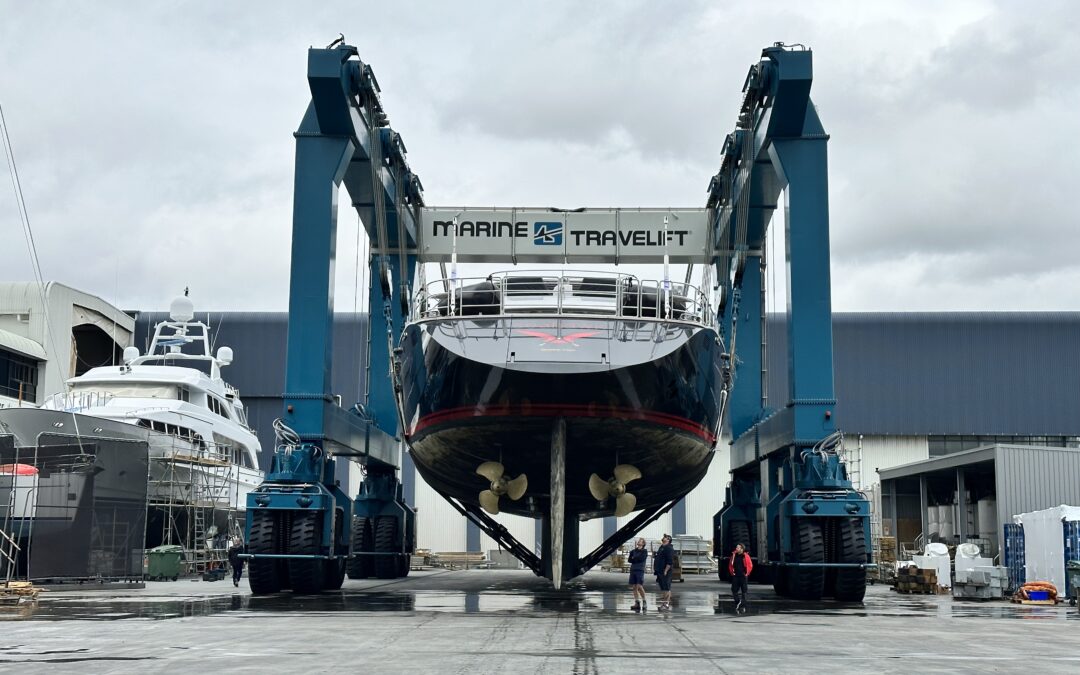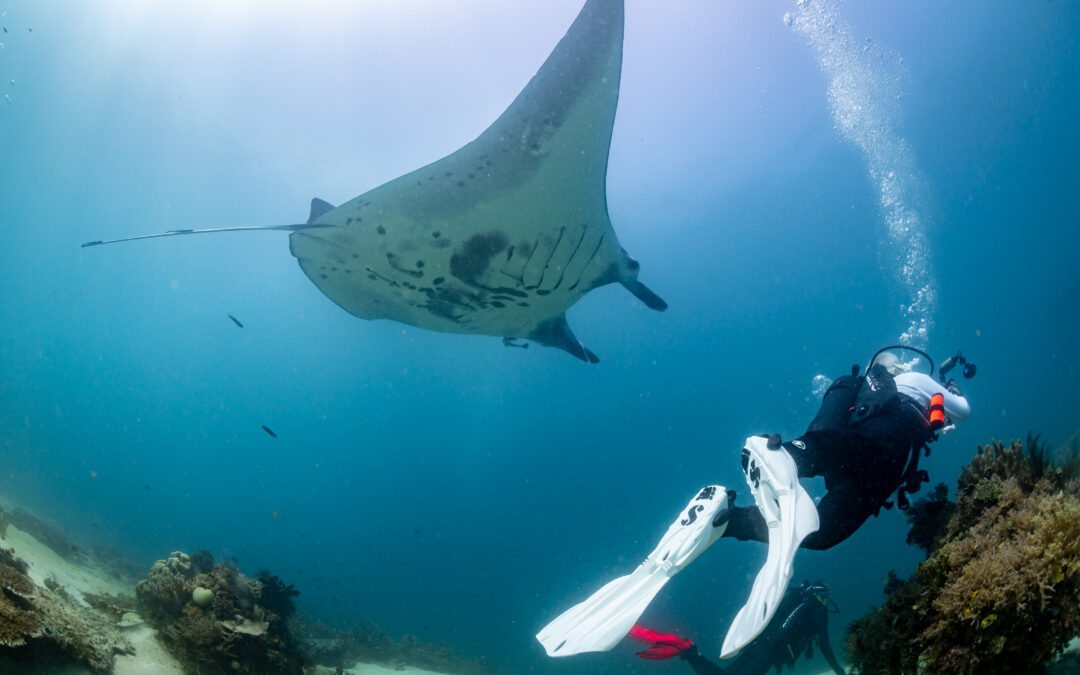
Seahawk’s Conservation Projects Featured in Boat International Magazine
Boat International’s Senior Sub-Editor Kate Lardy recently interviewed Adam Alpert, owner of SY Seahawk. In this excerpt from the article, Adam discusses how he and his wife Gisela incorporate marine research and conservation projects into their travels throughout the Pacific:
“Since buying the 60-metre Perini Navi ketch in 2019, the Alperts have travelled much of the world, but not as tourists on a floating hotel. They decided from the outset that improving the lives of those they encounter along the way would be part of the yacht’s mission statement. They don’t just write cheques, they are actively involved in community and research projects.”
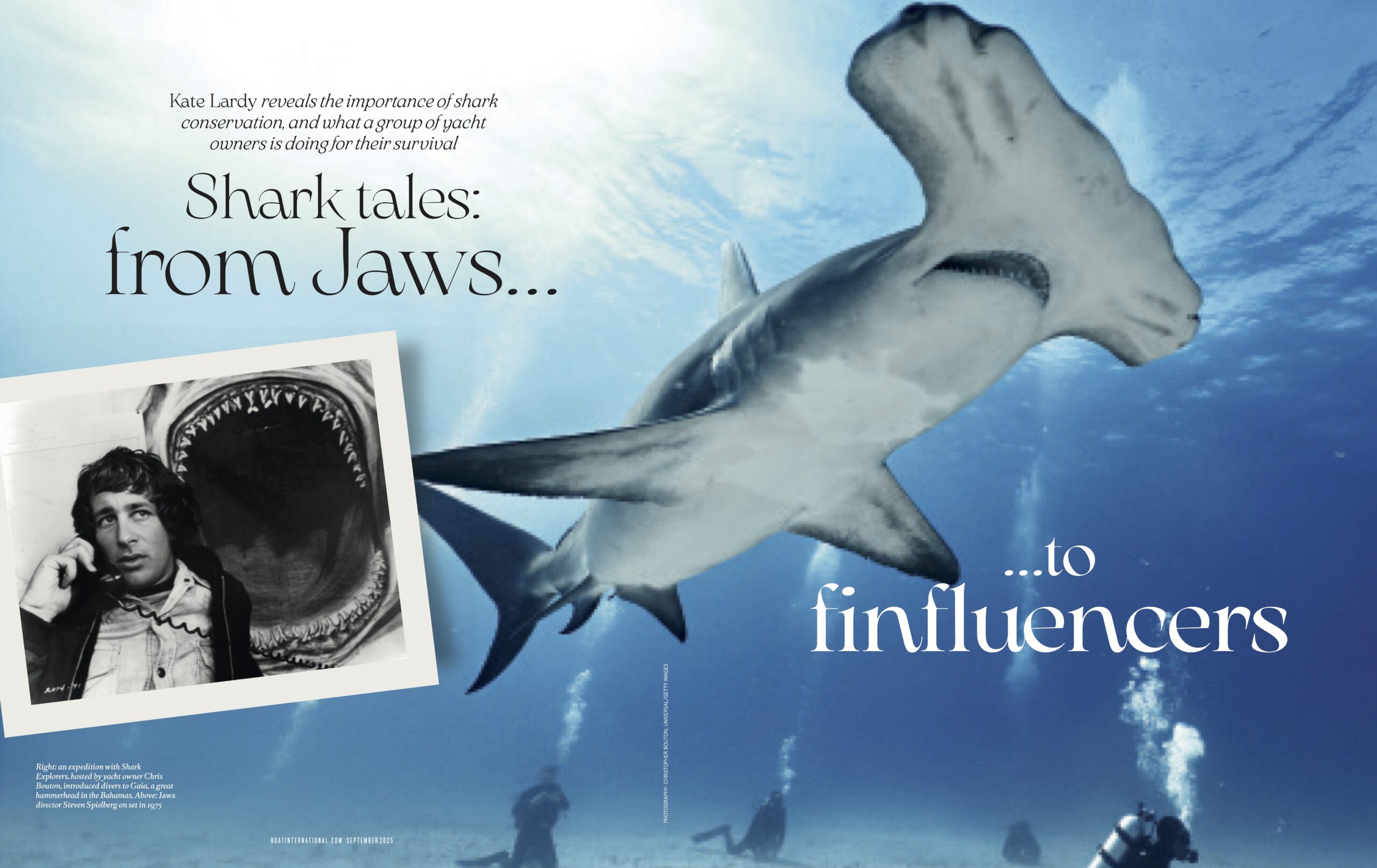
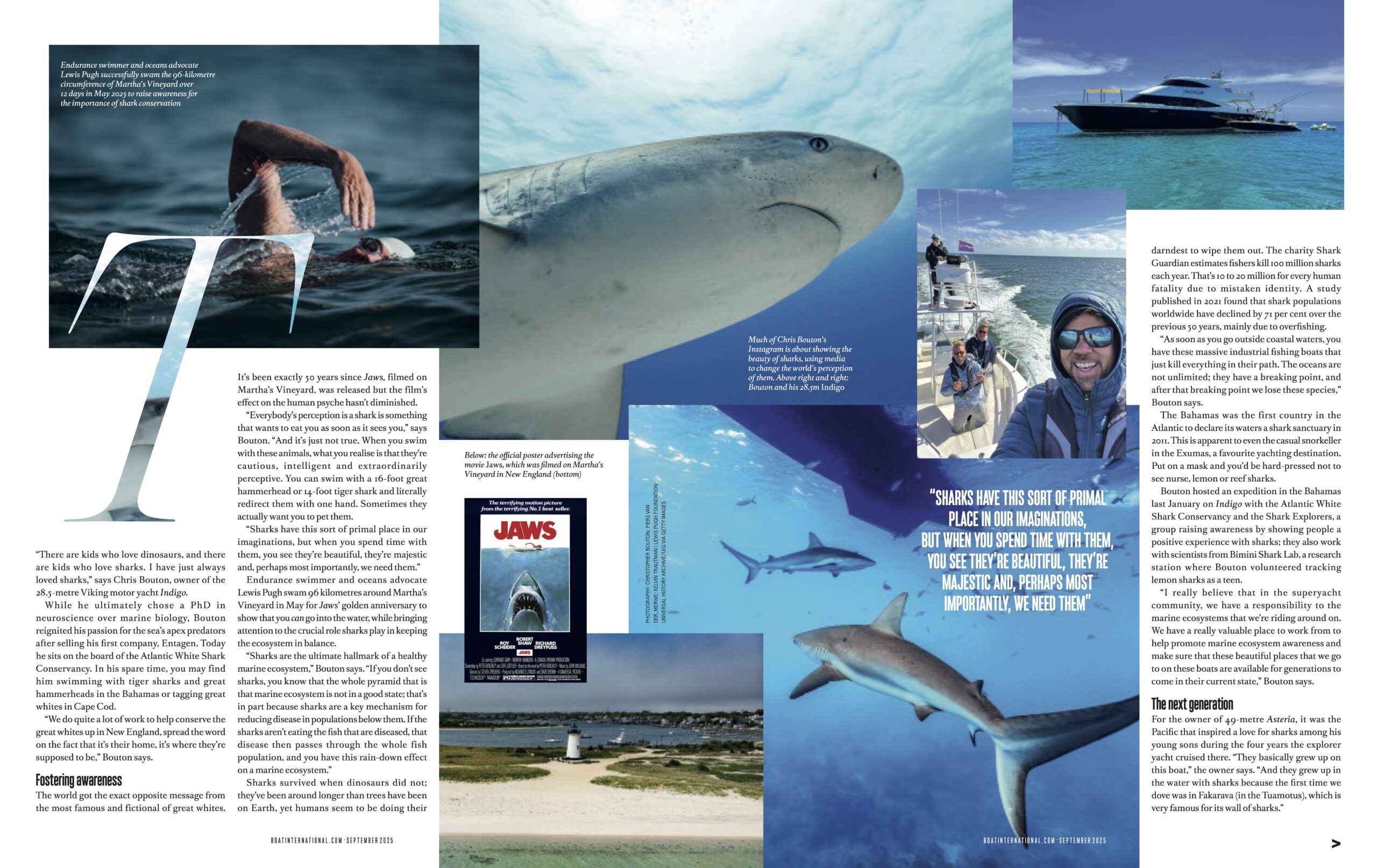
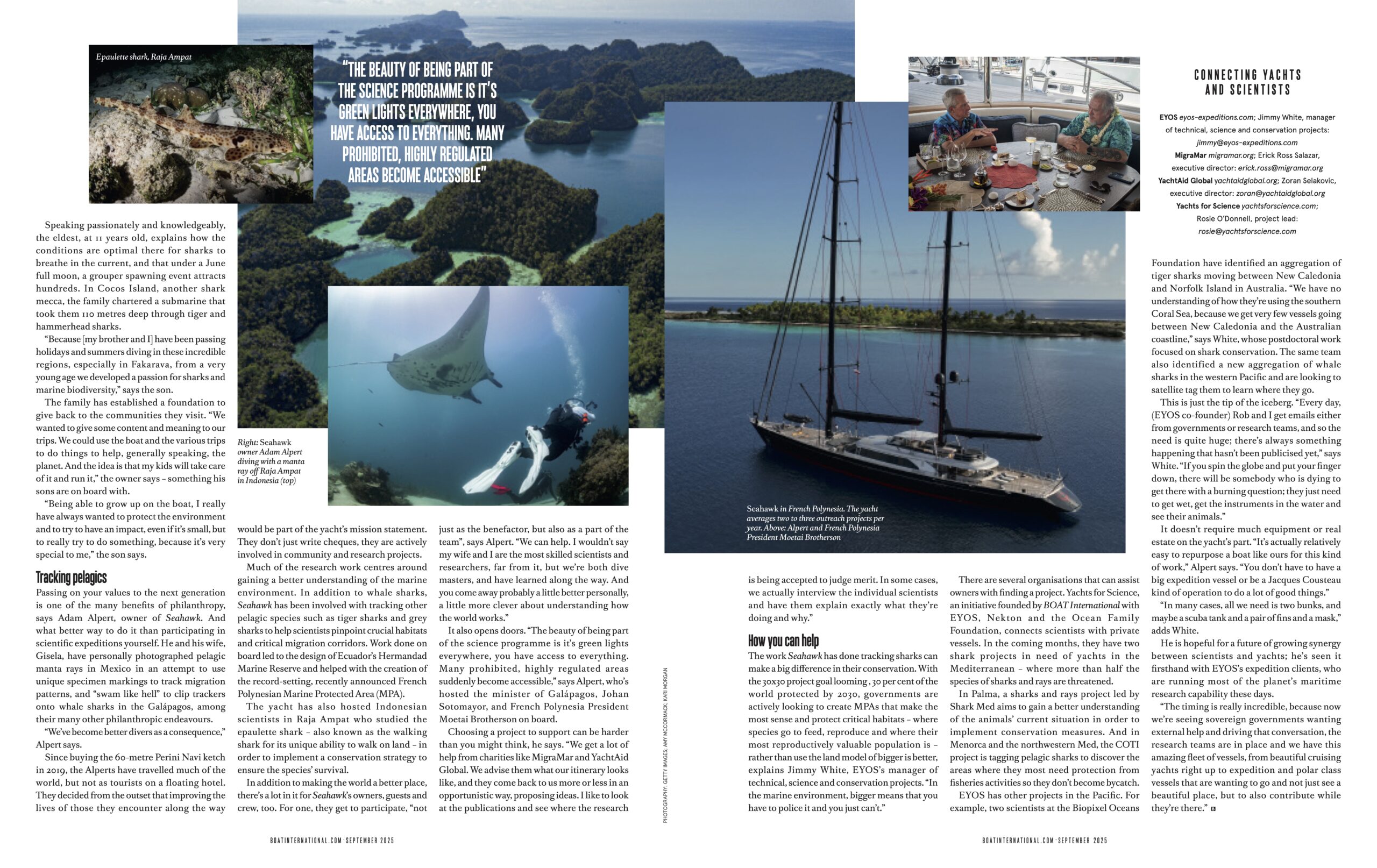
The Alperts hope to inspire other vessel owners to contribute to marine research projects in the parts of the world where they plan to travel. In the article, Adam Alpert comments on how super yachts can be easily used to aid researchers in their field work:
“It doesn’t require much equipment or real estate on the yacht’s part. “It’s actually relatively easy to repurpose a boat like ours for this kind of work,” Alpert says. “You don’t have to have a big expedition vessel or be a Jacques Cousteau kind of operation to do a lot of good things.”
“In many cases, all we need is two bunks, and maybe a scuba tank and a pair of fins and a mask,” adds Jimmy White, EYOS’s manager of technical, science and conservation projects.”
The addition of a science mission to a voyage is always a welcome delight, bringing a sense of purpose and intrigue. The crew and owners often accompany the scientist during their field work to gather data about sharks, manta rays, corals or the subject of their research.
Seahawk works with Yacht Aid Global to coordinate with local scientists and plan research missions, however, there are several organisations that vessels can work with to make a difference:
YachtAid Global
Zoran Selakovic, executive director: zoran@yachtaidglobal.org
EYOS
Jimmy White, manager of technical, science and conservation projects:
MigraMar
Erick Ross Salazar, executive director: erick.ross@migramar.org
Yachts for Science
Rosie O’Donnell, project lead: rosie@yachtsforscience.com
Published in Boat International Magazine September 2025 issue: Page 104
“Shark Tales: from Jaws to … finfluencers” written by Kate Lardy

